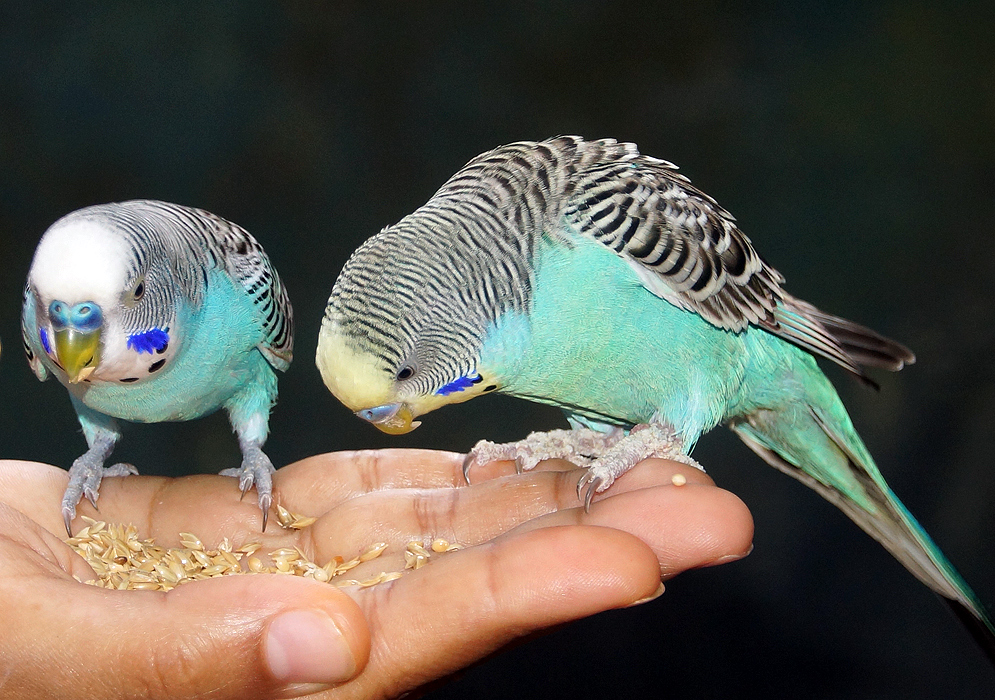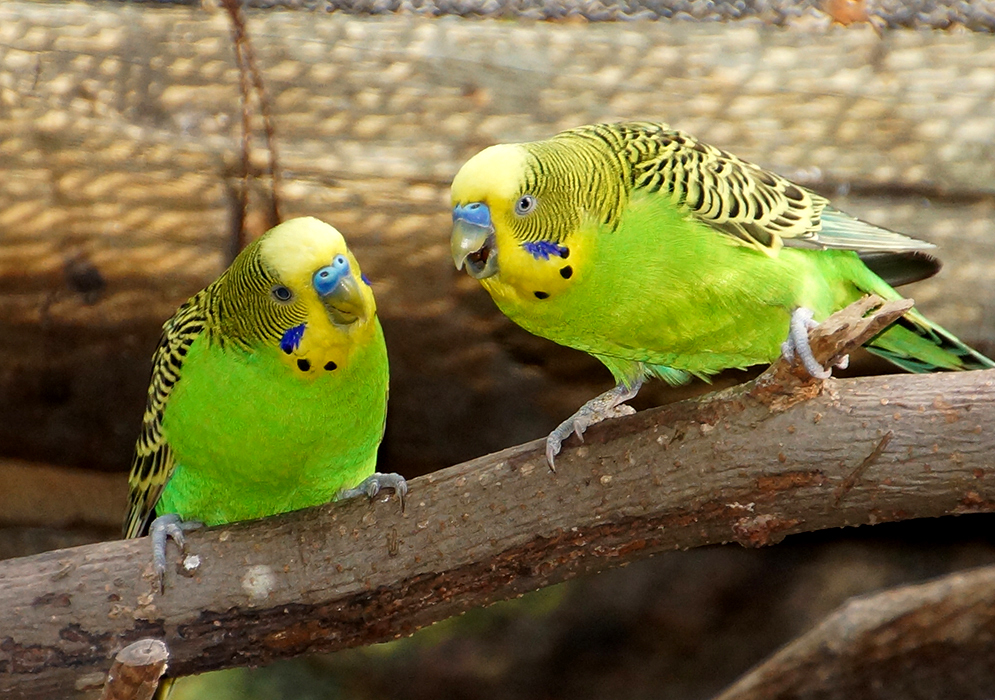This post has 11 Simple Fields-fields attached. Show fields.

The budgerigar, scientifically known as Melopsittacus undulatus, is a small, long-tailed parrot native to Australia. They are the only species in the genus Melopsittacus and are characterized by their vibrant green and yellow plumage with black, scalloped markings on the nape, back, and wings. In captivity, they are bred in various colors, including blues, whites, yellows, and greys, and can even have small crests. Adults are distinguished by the coloring of their cere (the fleshy area above the beak), and their behavior. Young birds, on the other hand, are monomorphic, meaning they are difficult to sex based on physical characteristics alone. Budgerigars are nomadic, moving with changing environmental conditions, primarily inhabiting scrublands, open woodlands, and grasslands in Australia. Their movement is closely linked to the availability of food and water, and they are known to form large flocks under favorable conditions. These birds primarily feed on grass seeds and are reliant on freshwater due to the low water content of their diet. They are also known to opportunistically feed on growing cereal crops and lawn grass seeds. In terms of breeding, budgerigars are monogamous and breed in large colonies. Their breeding in the wild generally occurs between June and September in northern Australia and between August and January in the south, although they can breed opportunistically in response to rainfall when grass seeds become most abundant. The species exhibits affectionate behavior, such as preening or feeding one another, with the latter involving regurgitating seeds into a flockmate's mouth. Budgerigar nests are typically made in holes in trees, fence posts, or logs on the ground, and females lay four to six eggs, which are incubated for 18–21 days. Outside of Australia, budgerigars have been popular pets since the 19th century, known for their small size, low cost, and ability to mimic human speech. They are likely the third most popular pet in the world, after dogs and cats. The only long-term establishment of feral budgerigars outside Australia is a large population near St. Petersburg, Florida. The Florida population declined from the 1980s due to increased competition for nesting sites from European starlings and house sparrows, and the more consistent, year-round conditions in Florida significantly reduced their nomadic behavior. As for their conservation status, budgerigars are classified as of "Least Concern".



